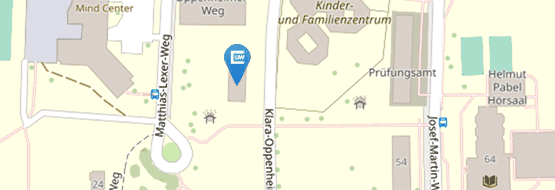gender-equitable teaching
Gender-equitable teaching is important.
Gender-equitable teaching is more than just a current trend - it creates a space in which students of all genders are equally included and respected. Such teaching not only promotes a willingness to learn, but also the motivation and success of students. The aim is to overcome stereotypes and give everyone the same opportunities to develop.
Here you will find important and easy-to-implement suggestions.A detailed handout is in the development phase.
4 top tips for gender-sensitive teaching
Important points for getting started on a methodological and didactic level
 | Design diverse and representative content: When choosing study content and case studies, pay attention to gender balance and avoid stereotypes, even if these correspond to the current statistical frequency (“housewife”, “secretary”, “chief physician”, “judge”).
|
| Adapt visual language: Avoid stereotypical representations in presentations and materials. Example: Use images that show people of all genders in a variety of roles.
|
| Use gender-neutral language: Use gender-neutral terms such as “participants” instead of “attendees” in all documents. “General clauses” in which it is stated, for example, that women are included are not gender-neutral (see also: Gender-neutral language on our websites).
|
| Signal openness to critical feedback (e.g. with regard to gender-specific treatment of students) - Proactively signal responsiveness and openness (be receptive to questions and suggestions), e.g. equal opportunities in examinations
|
Link tips (in german):





